
“Our life is frittered away by detail–simplify, simplify.”
– Thoreau
We're finishing up some work in the vegetable garden and here we're going to be sharing how we are starting seeds indoors as well as giving you a peek at some deer fencing, a necessity if we'd like to eat anything we're growing.
Disclosure of Material Connection: Some of the links in the post are “affiliate links.” This means if you click on the link and purchase the item, I will receive an affiliate commission. Amazon links are not affiliate links. You can read my full affiliate disclosure.
Our seedlings (tomatoes, lettuce, broccoli, carrots, beans, and watermelon) are all doing their thing and some of them have popped up and introduced themselves in the last day or so. We are so excited to meet them after patiently waiting. Let's talk about starting seeds indoors.

Starting Seeds Indoors
Well, hello there, little ones! So nice to finally meet you.
We started our tomato and watermelon indoors since the air and soil temps are still a bit chilly for them right now.
This handy guide to germinating seeds will tell when you can expect your seeds to sprout.
Rather than purchasing the plastic starter trays or DIY’ing a soil blocking tool, which is very cool but a bit of an advanced project for our little ones, we decided to Keep. It. Simple. and our oldest planted our seeds 10 days ago in leftover cardboard egg cartons with some locally produced potting soil.
We checked the soil daily and watered as needed, keeping them in south-facing windows to absorb all the available sunlight.
The egg cartons are neat because when the time comes, you can just carefully cut the carton apart and the kids can transplant the young plants in the individual egg carton cells into the soil. It’s a much easier way for them to handle delicate transplants.
You can add grow lights and/or a heater to your indoor environment as needed. We've found that using these heating mats has been helpful when our home is on the cool side.
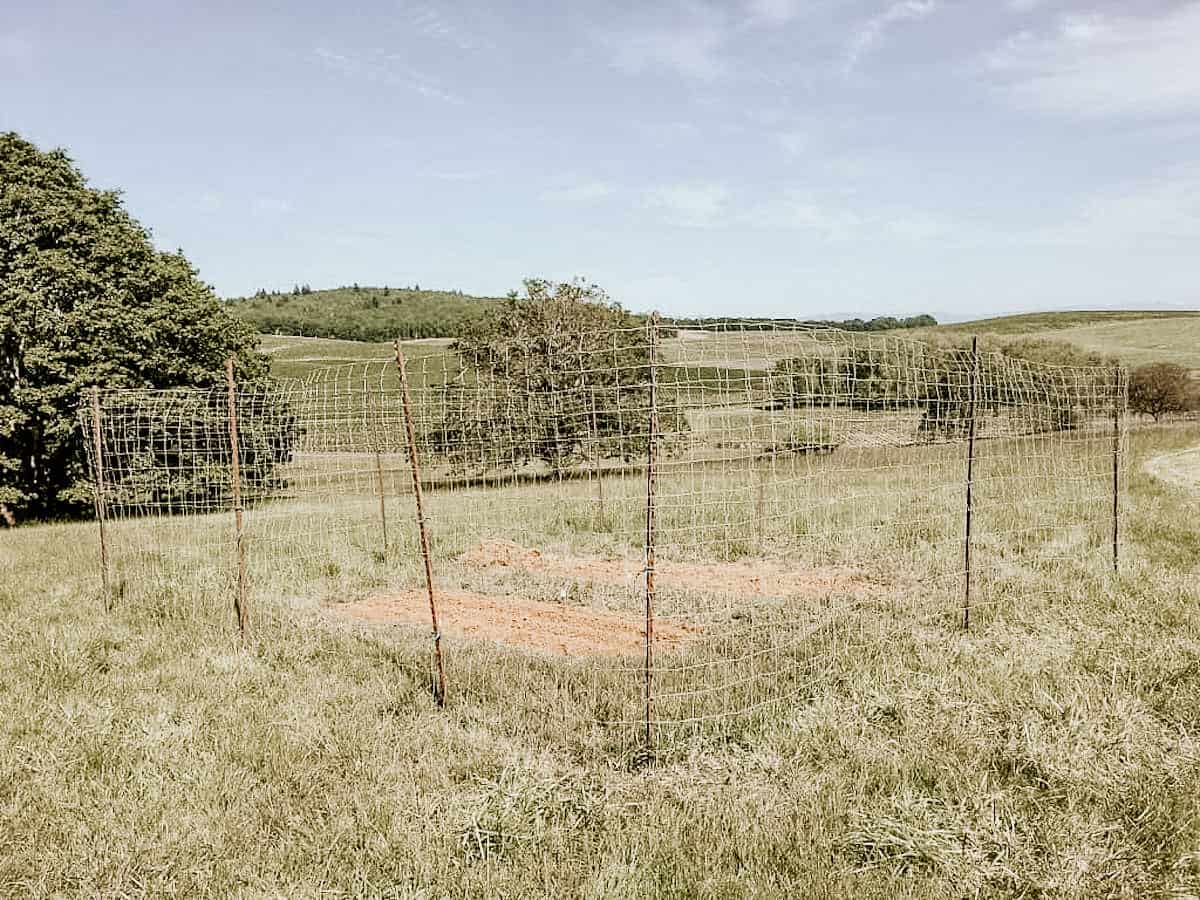
Deer Fencing for the PNW Vegetable Garden
In addition to starting seeds indoors, we also have the beds up and running after installing some fencing to protect the veggies. There are lots of does and several bucks visiting us on a daily basis so it was crucial for us to get the fencing up before any planting.
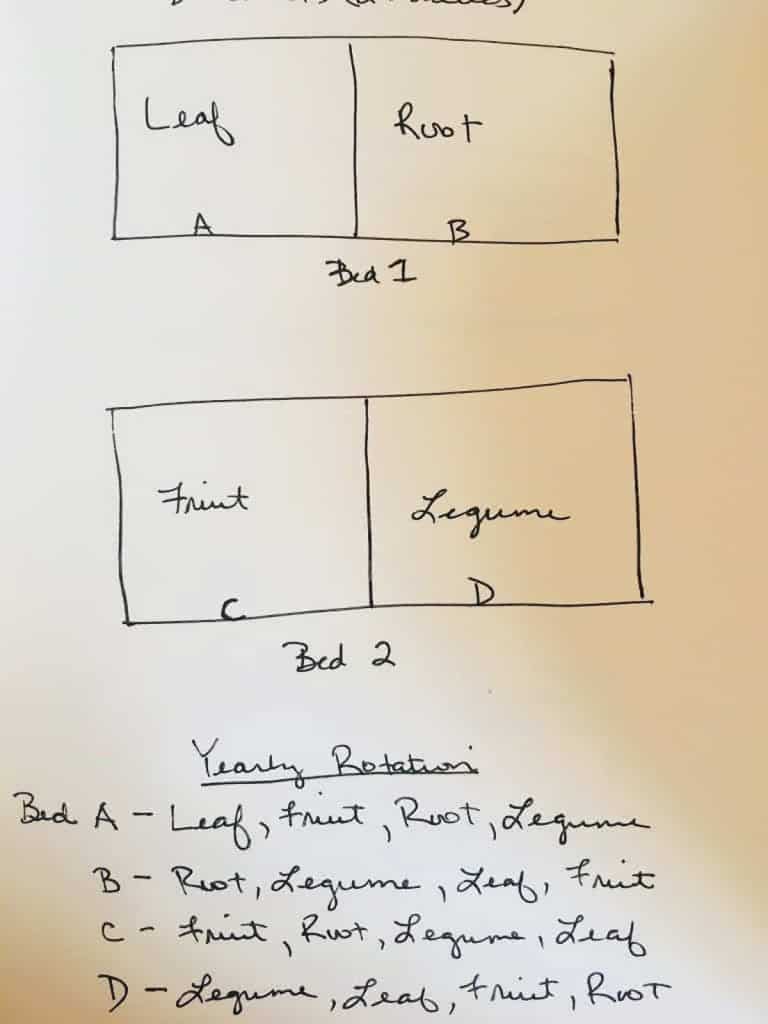
Direct-Sown Seeds in Vegetable Garden
We mixed in a small amount of locally-sourced aged compost along with some blood and bone meal to beef up our soil nutrients. We let that chillax and mix with the rain a little over a week prior to any direct seeding.
Afterward, we planted our lettuce and carrot seeds first (Bed 1) and then our broccoli (Bed 1) and bean seeds (Bed 2), along with a few Mother’s Day tomato transplants (Bed 2) we were gifted, a week later.
I also included an example of what our 4-year crop rotation schedule would look like, using labels A – D for each section, in the event we kept the same design and did not expand our vegetable garden in the future.
There’s really no rhyme or reason as to why we spaced out our planting other than the fact that the kids are participating and we have chosen to move at their pace and take our time. It seemed to work out pretty well. The kids used Bed 2 as a play space for their trucks and animals until it was time to sow.
The seedlings in Bed 1 are just now peeking through the soil so it’s been exciting for our kids to see the daily progression. They’re now using a shady spot nearby, under a couple of trees, as their new play space for trucks and digging tools.
Monitoring Rainfall
We have a nifty not-so-little rain gauge we’re going to attach to our front deck so our children can help us monitor the weekly rainfall amount. They can record their observations in a nature journal as they sketch whatever else catch's their interest.
Composting for Vegetable Garden
We’re chugging right along in our composting work. We’ve definitely forgotten to add our scraps to the pile and turn it a few times since it’s a new habit for us, but it’s definitely getting all earthy and compost.
The kids have also been adding to the pile and making observations about its appearance and the critters it’s attracting.
Nature Journaling
Now that we’re starting to see some growth, it’s a great opportunity for the kids to start journaling what they see. They love their art materials so we’ll see if there’s interest or if they’d prefer to continue digging in the dirt outside. They’ve found several animal bones, including a squirrel skull, so I’m pretty sure I know what they’d rather do but we’ll see.
We also like to use these botany books for journaling inspiration.
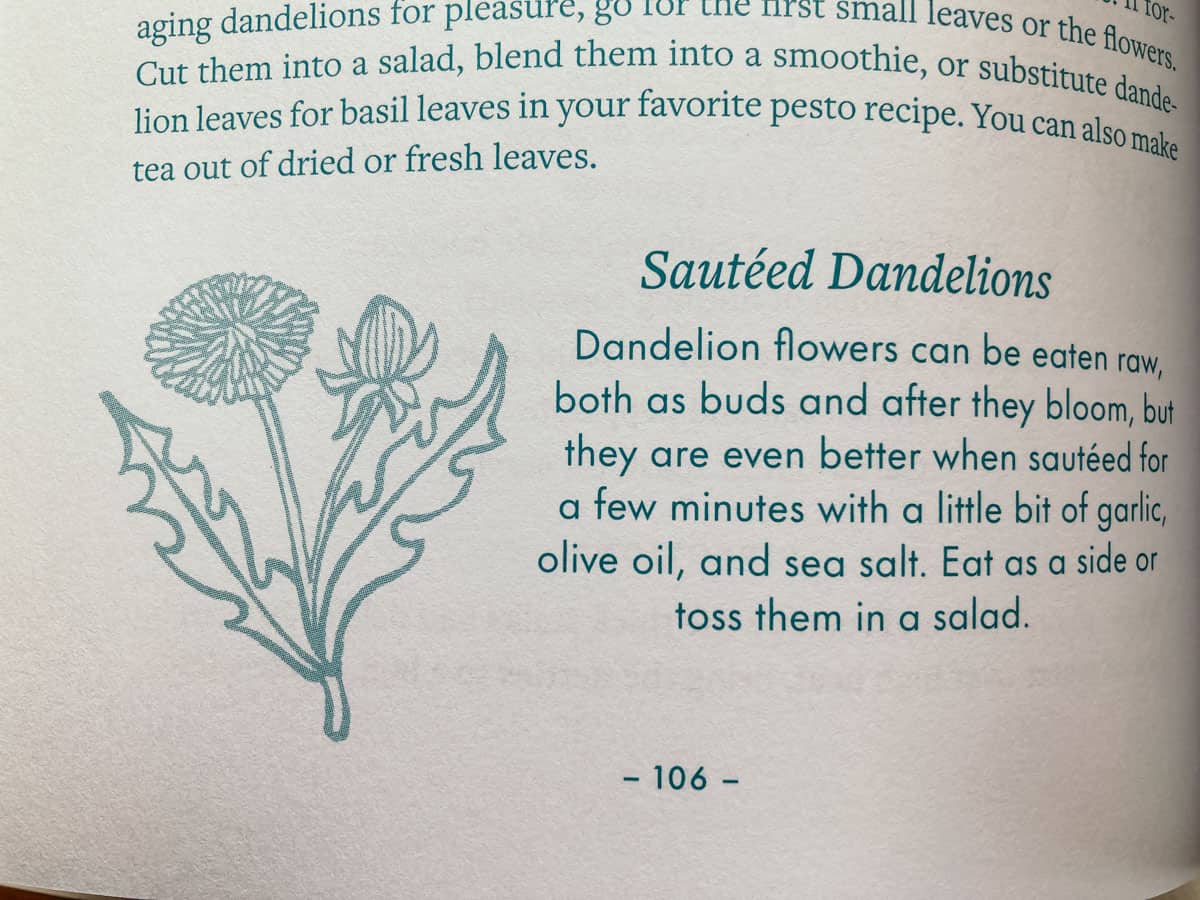
Additional Learning
In addition to starting seeds indoors and the other work related to the vegetable garden, we’re also learning more about caring for the land and the existing vegetation, as well as the farmhouse and ancillary buildings.
We’re learning more about various aspects of farm life and homesteading as we work towards the goals listed above.
Much of this work goes hand-in-hand with our time spent in the kitchen.
Even if you don't have a garden, you can probably prepare items such as the sautéed dandelions recipe from The Open-Air Life.

Natural Curiosity, 2nd edition is an excellent resource for helping kids connect to the land where they live.

Natural Curiosity supports environmental education that takes children to the heart of the topics they are to explore, replacing the often trivial tasks that kids may encounter in other environments.
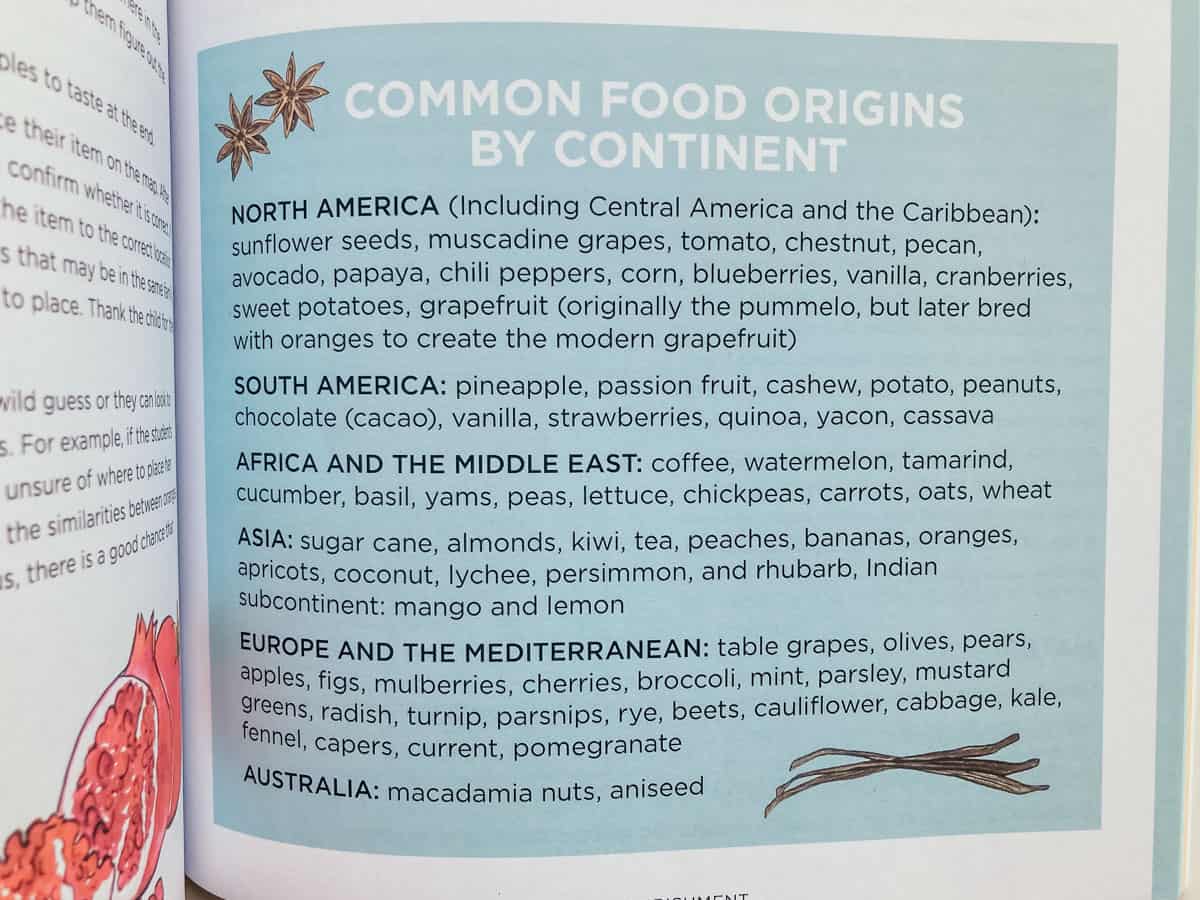
Interested in learning more about food? Wings, Worms, and Wonder teaches kids about topics such food origins by continent. There are many lessons and extensions inside for kids to expand upon their learning.

Cooking Course for Families
Would you like some recipes to support your gardening activities?
Combine your efforts and sign up to receive free cooking lessons for the whole family. Learn from some of the most talented chefs around the world and participate in the quality practical life experiences Montessori education is known for.
There are recipes for every continent and they're excellent resources for kids to keep in their continent boxes along with other geography and culture materials.
More Outdoor Practical Life in the Garden
- Outdoor Practical Life: Soil Composition Test/Sediment Jars
- Outdoor Practical Life: PNW Vegetable Garden – Soil Temp & DIY Soil pH Testing
- Vegetable Garden Beds: Establishment & DIY Compost
- Montessori Gardening: Empower Kids to Grow Their Own Food & Eat Healthy - Farm to Table
Starting Seeds Indoors & Deer Fencing

These gardening activities for kids include starting seeds indoors with kids and deer fencing of a PNW vegetable garden.
Materials
- Seeds
- Egg Cartons
- Soil
- Water
- Deer Fence
- Garden or Nature Journal
- Rain Gauge
- heating mat
Tools
- See Materials List
Instructions
- Plant your indoor starts in leftover cardboard egg cartons. ch
- Check the soil daily and water as needed, keeping them in well-lit windows if possible to absorb all the available sunlight. You may want to use a tray to soak up any water that drains from underneath.
- When the seedlings begin to outgrow the carton, cut the individual cells and transplant them directly into the soil.
- Use grow lights or a heater as needed.
- Install fencing as needed to keep deer or other animals out of your garden.
- Follow a planting schedule if you plan to use the same location for your garden in the future.
- Monitor rainfall using a rain gauge for example to determine how often to water your vegetable garden.
- Use activities such as nature journaling and the resources mentioned to further connect with nature and extend the learning.
Notes
- Full lesson info at: https://happyhomeschooladventures.com/outdoor-practical-life-pnw-vegetable-garden-sun-soil-air-water-deer/

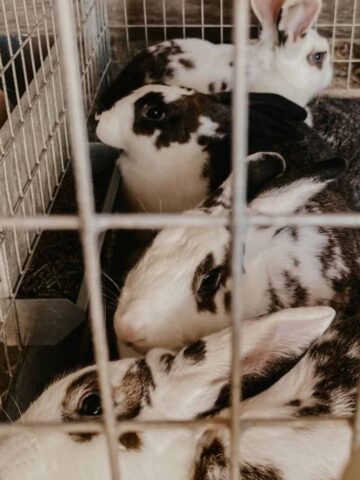
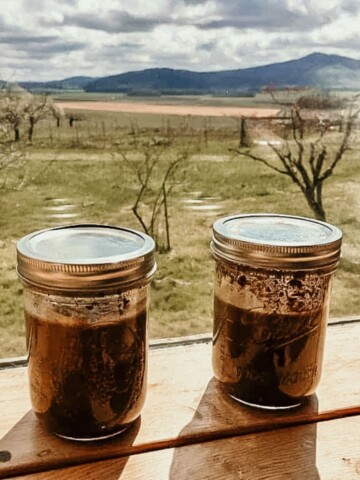
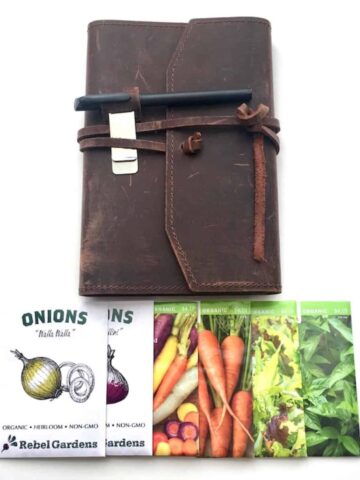
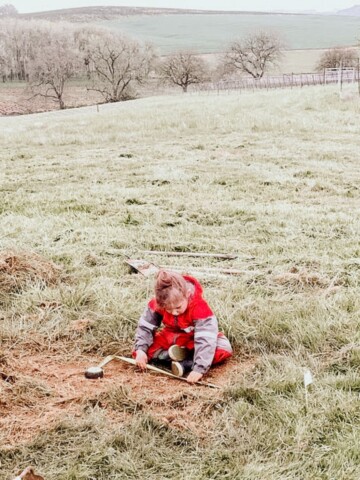
Leave a Reply